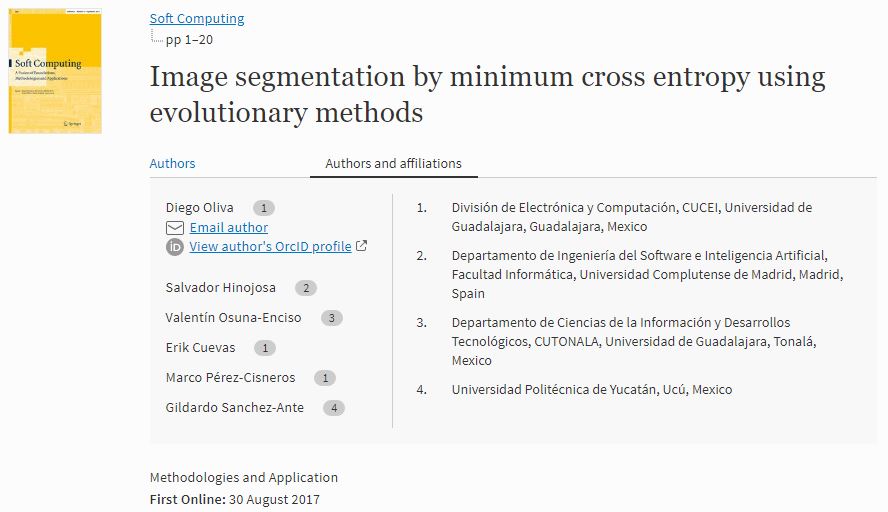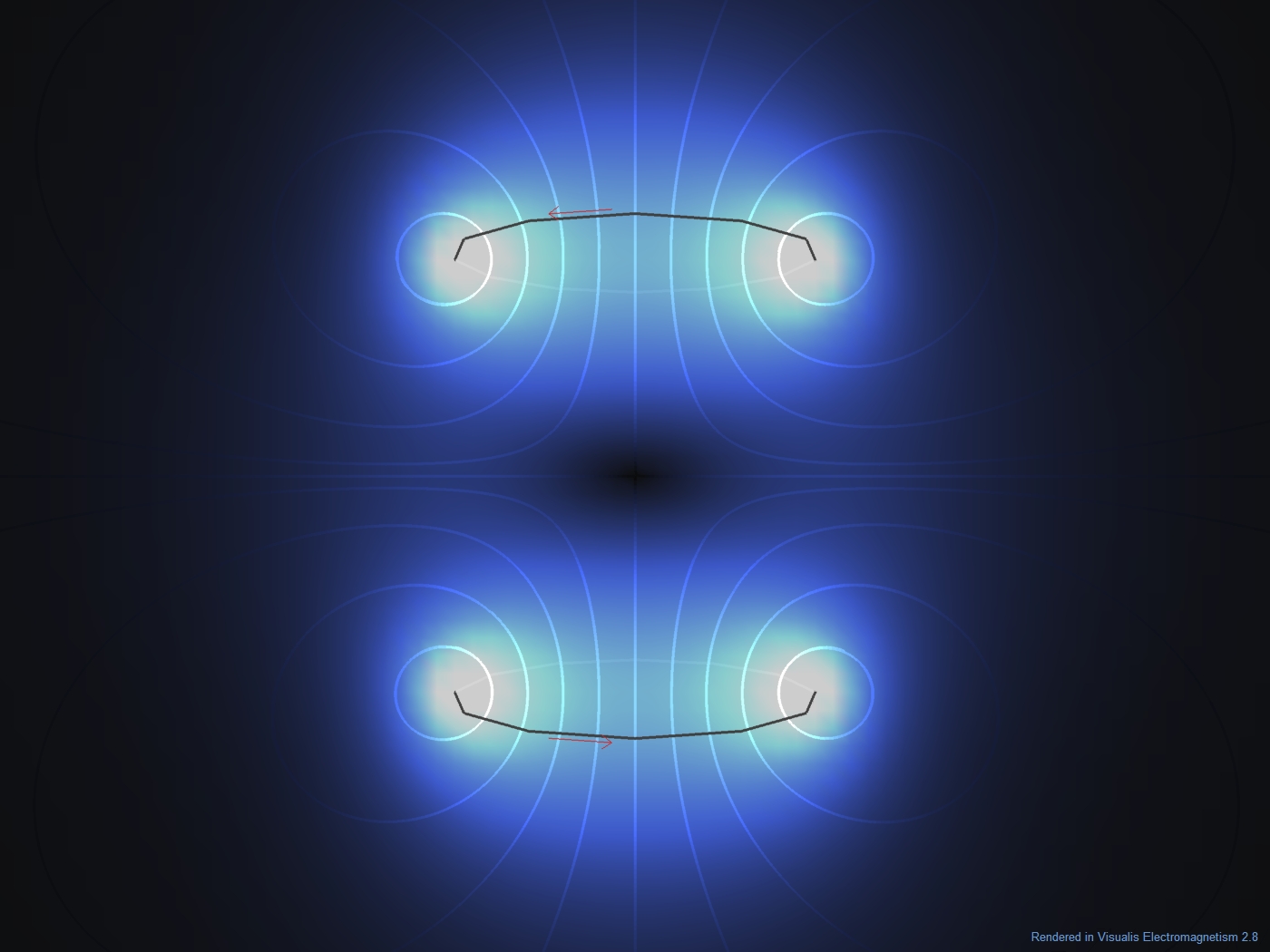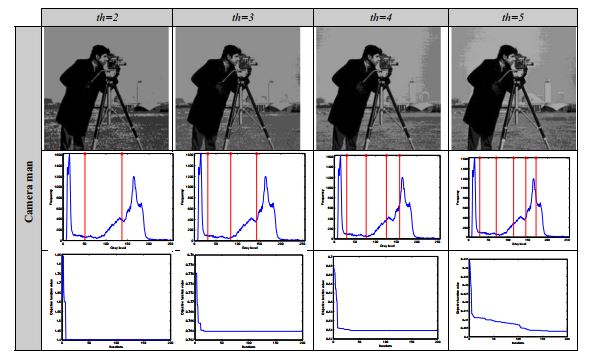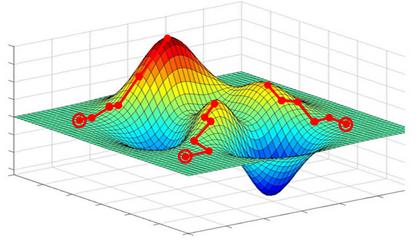Image segmentation by minimum cross entropy using evolutionary methods
The segmentation of digital images is one of the most important steps in an image processing or computer vision system. It helps to classify the pixels in different regions according to their intensity level. Several segmentation techniques have been proposed, and some of them use complex operators. The techniques based on thresholding are the easiest to implement; the problem is to select correctly the best threshold that divides the pixels. An interesting method to choose the best thresholds is the minimum cross entropy (MCET), which provides excellent results for bi-level thresholding. Nevertheless, the extension of the segmentation problem into multiple thresholds increases significantly the computational effort required to find optimal threshold values. Each new threshold adds complexity to the formulation of the problem. Classic methods for image thresholding perform extensive searches, while new approaches take advantage of heuristics to reduce the search. Evolutionary algorithms use heuristics to optimize criteria over a finite number of iterations. The correct selection of an evolutionary algorithm to minimize the MCET directly impacts the performance of the method. Current approaches take a large number of iterations to converge and a high rate of MCET function evaluations. The electromagnetism-like optimization (EMO) algorithm is an evolutionary technique which emulates the attraction–repulsion mechanism among charges for evolving the individuals of a population. Such technique requires only a small number of evaluations to find the optimum. This paper proposes the use of EMO to search for optimal threshold values by minimizing the cross entropy function while reducing the amount of iterations and function evaluations. The approach is tested on a set of benchmark images to demonstrate that is able to improve the convergence and velocity; additionally, it is compared with similar state-of-the-art optimization approaches.
You can access to the full text in the link: https://link.springer.com/article/10.1007/s00500-017-2794-1
If you have any problem to obtain this paper please contact me, also any suggestion is well received. Moreover, you can check the full list of publications here.



